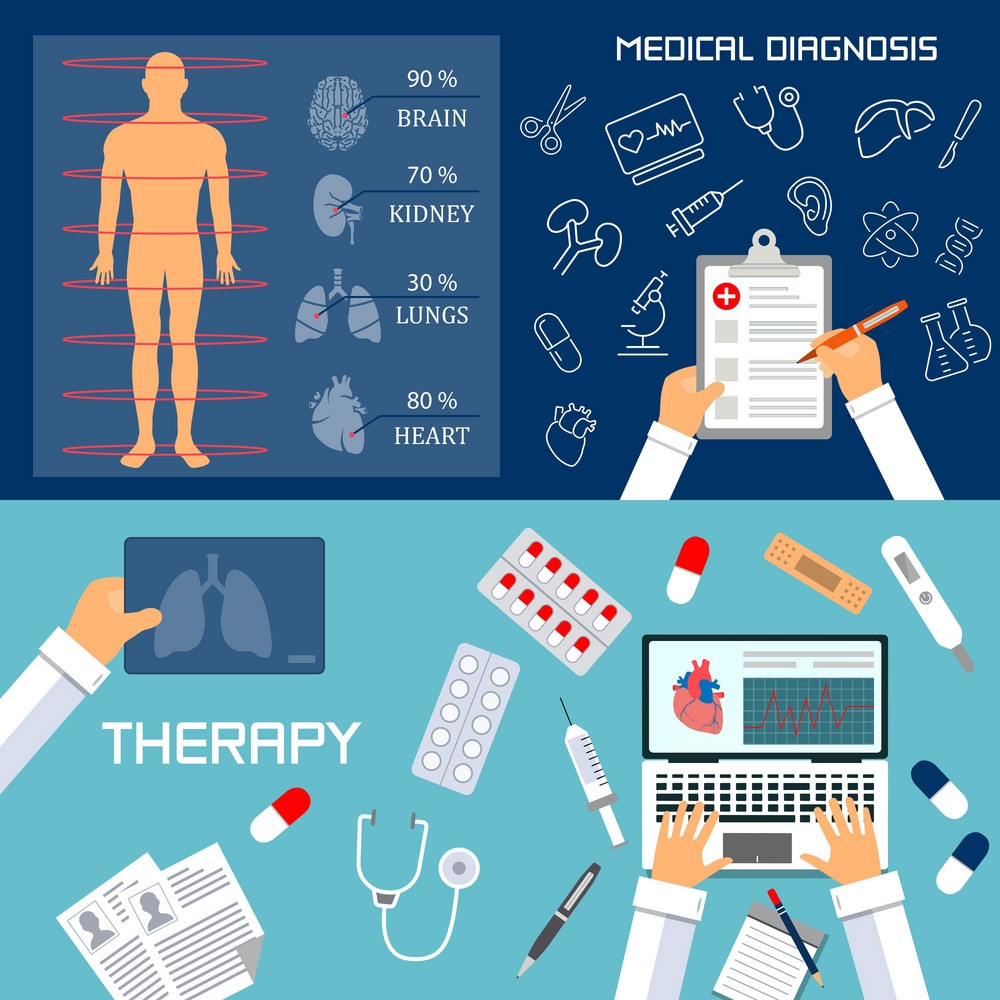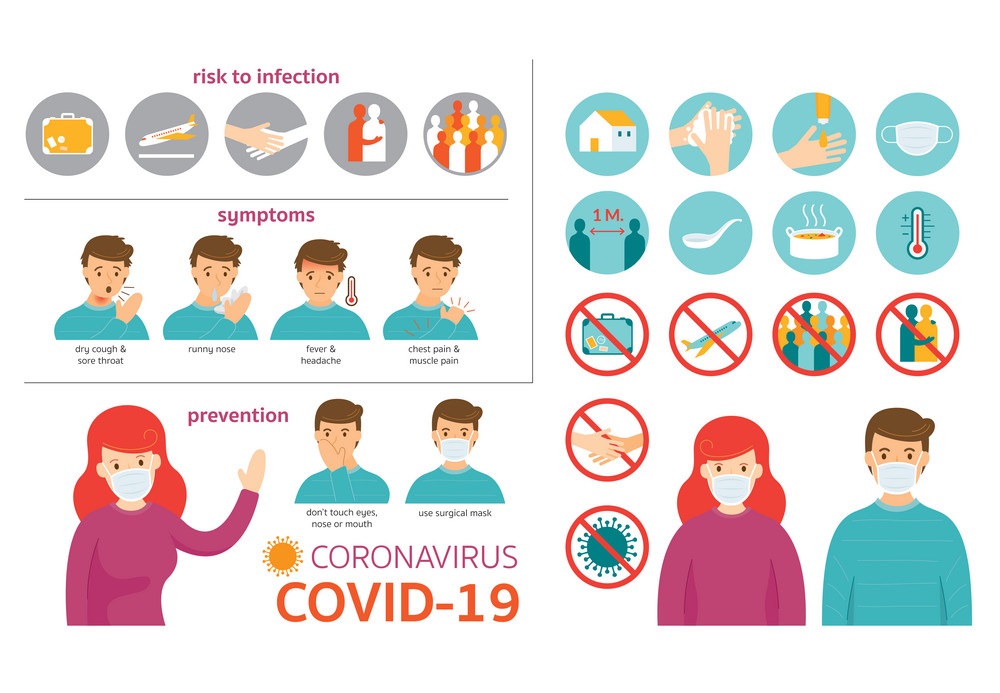How Machine Learning Can Help Us Fight the COVID-19 Pandemic
Coronavirus disease (COVID-19) is an infectious airborne viral pneumonia and is extremely contagious. The pandemic has put us in a race against time. But thanks to technologies like machine learning, the Severe Acute Respiratory Syndrome Coronavirus 2 (SARS-CoV-2) we can now precisely diagnose the virus and treat the patients effectively.
Machine learning is an incredibly powerful technique when it comes to COVID-19 detection and prognosis. ML combines images and other data streams from large electronic health databases to learn from historical data. ML methods enable a personalized approach to medicine. This includes better diagnosis and prediction of individual responses to therapies. These processes can also help accelerate the discovery of drugs to help treat COVID-19.
You May Like – Steps to Create Your Own Machine Learning Models
Machine learning uses a huge amount of data and learns from the patterns to predict outcomes and reveal other useful insights. This, in the case of COVID-19, it has been a challenge as the available historical information is limited.
In this article, we will see how machine learning contributes to combat COVID-19.
Table of Contents-
- Faster Medical diagnosis
- Design of Treatments and Medicines
- Prediction of the Pandemic
- Pandemic Management
- How Machine Learning Can Help Accelerate The Research To Understand and Treat COVID-19?
- Essentials for Creating Successful Machine Learning Models to Combat Coronavirus
- Conclusion
Faster Medical Diagnosis
- Diagnosis from medical images
The rapid respiratory pattern in COVID-19 is different from the flu and cold. This model used neural networks as a contributing element when researching the available medical images from the patients.
- Prediction of patient behavior
We all know that COVID-19 patients are far vulnerable to behavioral changes than other common cold or flu patients because of obvious reasons. That’s where machine learning comes to play. Many post-COVID clinics are implementing machine learning and AI-based tools to prevent more chronic psychiatric consequences.
- Modeling and identification of asymptomatic cases
Both symptomatic and asymptomatic COVID-19 cases contribute to community transmission of the virus. Identification of asymptomatic cases can lead to better treatment plans at community levels. An extensive, well-documented asymptomatic testing model that incorporates daily testing information and serology data can help make estimations easier.
Best-suited Machine Learning courses for you
Learn Machine Learning with these high-rated online courses
Design of Treatments and Medicines
- Estimation of the structure of proteins linked to SARS-CoV-2
Coronaviruses use species-specific proteins to mediate the entry into the host cell. Machine learning models can help in large-scale calculations and identifications of the mechanisms of virus replication within the hosts.
- Identification of treatments using existing medicines
Drug repurposing is now possible with machine learning. This has significantly cut short the time-consuming and expensive random controlled drug trials. These ML-based approaches involving statistical algorithms identify the available drugs, potentially repurposed to fight Covid-19 infection.
Prediction of the Pandemic
- Modeling the pandemic and its spread
Prediction studies based on AI algorithms, linear regression, multilayer perceptron, vector autoregression, etc. have been used in epidemiology for predicting risks. These high-quality predictive models model the spread of the disease, predicts the number of infected people, recovered people, and those who died, and achieve a better global model of viral spread.
Pandemic Management
- Evaluation of public policies
In this Covid-19 pandemic, you must have come across counter-measures to control the virus spread, including
- Usage of masks
- Closure of institutes and workplaces
- Shut down of public transport
- Restrictions on gathering
All this is a part of public policies. This makes use of deep-learning prediction models to evaluate and predict the impact of various lockdown policies on daily COVID-19 cases.
- Assessing the level of the pandemic and dealing with the spread of disinformation
Channels like Social media are the faster mediums to spread information or we can say misinformation against coronavirus. Keeping a tab on such a spread of misinformation has been crucial. Machine learning models help in the credibility evaluation of misinformation. These models also throw recommendations that can make the public and authorities be wary of such misinformation, and initiate proper safety measures.
How Machine Learning Can Help Accelerate The Research To Understand and Treat COVID-19?
- Machine learning contributes towards the accelerated analysis of a huge volume of data sets. This has led to uncovering the underlying information and devising the diagnosis plans for the virus
- Deep learning models can help predict drugs or treatments, and develop new vaccine prototypes. Many institutions have been using machine learning and deep learning to predict the structure of proteins associated with SARS-CoV-2
- Access to datasets in fields like epidemiology, bioinformatics, and molecular modeling are now available to researchers. This information can help them to make use of the historical data and come up with more viable solutions
- Tech giants like IBM, Amazon, Google, and Microsoft are making efforts towards equipping COVID researchers with high-performance computational processing systems. The whole idea is to make better predictions basis available data to find solutions to overcome COVID-19
Essentials for Creating Successful Machine Learning Models to Combat Coronavirus
- Higher quality datasets
- Diverse and appropriately sized data sets for the model to be useful for different demographic groups
- Selection of independent external data sets
- Sufficiently documented manuscripts for reproducibility and external validation
- Increased involvement of radiologists and physicians
Conclusion
COVID-19 emergency has boosted the improvement of existing machine learning models and the development of new prototypes to achieve promising results. We hope that by the end of this pandemic, machine learning and AI go hand in hand with healthcare applications and services, and contribute towards a more advanced and effective healthcare system.
If you have recently completed a professional course/certification, click here to submit a review.

Rashmi is a postgraduate in Biotechnology with a flair for research-oriented work and has an experience of over 13 years in content creation and social media handling. She has a diversified writing portfolio and aim... Read Full Bio





